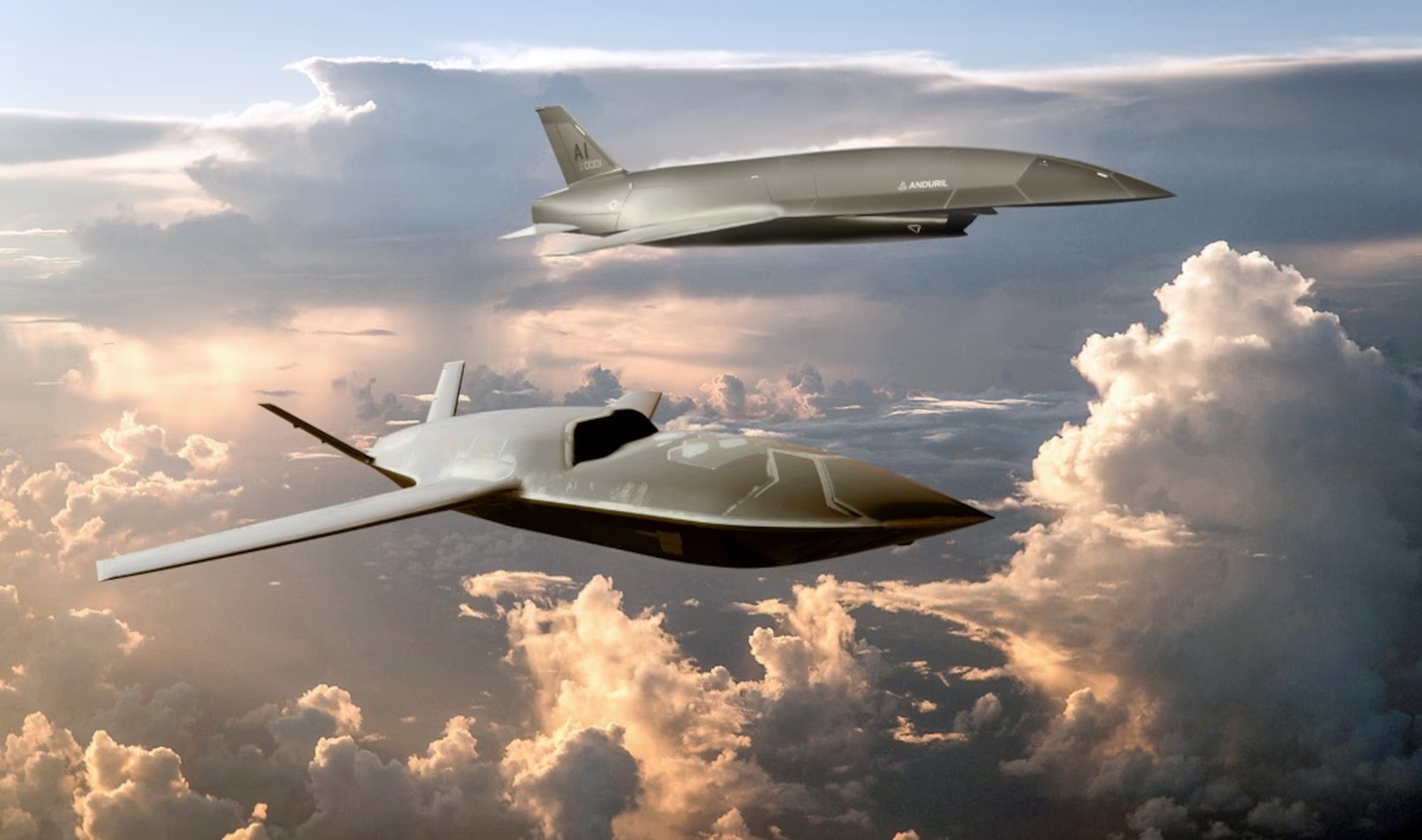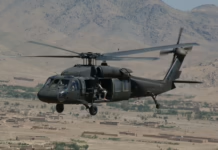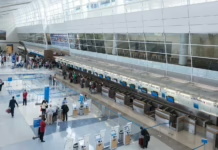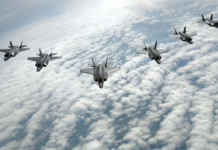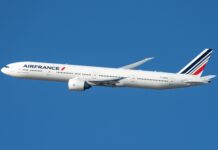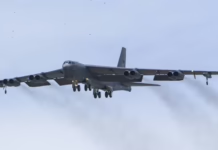Amsterdam becomes first international partner in Air Force’s autonomous fighter program, eyeing $20 million jets to fly alongside F-35s at a fraction of traditional costs.
The Netherlands signed a letter of intent to participate in the U.S. Air Force’s Collaborative Combat Aircraft program, marking a significant step in the development of autonomous fighters designed to fly alongside crewed jets at a fraction of the cost.
Dutch Defense Minister Gijs Tuinman committed the country to the program during a ceremony at the Netherlands embassy in Washington on Oct. 16, coinciding with the annual NL-US Defence Industry Days event running Oct. 16-17.
The Dutch Ministry of Defence said the decision demonstrates Amsterdam’s commitment to advance innovation and cooperation in unmanned systems, one of five focus areas outlined in the country’s Defence Strategy for Industry and Innovation document released in April.
The CCA program tests two proposed designs for low-cost tactical jets capable of autonomous operations under human oversight. The Air Force plans to select its first design from two finalists in late 2026.
General Atomics’ YFQ-42A and Anduril Industries’ YFQ-44A are competing for what will be the first aircraft to carry the new “FQ” designation, breaking from the traditional “F” nomenclature used for U.S. fighters in the modern era. The General Atomics design is currently in flight testing, while Anduril’s jet is scheduled to get airborne this month.
The Dutch decision came one week after Denmark announced its intention to acquire uncrewed fighters, though Copenhagen did not identify potential candidates or suppliers.
The Air Force plans to deploy first-generation CCAs to support crewed fighters by providing additional air-to-air weapons. The service has used surrogate aircraft like the Kratos XQ-58A to test integration with fourth-generation fighters including the Boeing F-15 and Lockheed Martin F-16, as well as the fifth-generation Lockheed Martin F-35.
The Royal Netherlands Air Force operates 46 F-35As, and Amsterdam is considering supplementing its fleet with an unspecified number of CCAs.
“Integrated unmanned air systems can significantly increase the effectiveness of manned fighter aircraft such as the F-35,” the Dutch defence ministry said.
The agency indicated that high-risk flights over enemy territory are ideal missions for the semi-autonomous CCAs, while also offering additional sensor range and weapons to crewed fighters.
A key goal of the Air Force program is delivering tactical enhancements at costs far below modern fighters. A conventional takeoff and landing F-35A costs around $78 million, while the sixth-generation Boeing F-47 under development for the Air Force is expected to run somewhere in the neighborhood of $200 million.
Both Anduril and General Atomics have said their CCA designs will be available for less than $20 million.
“Such capabilities are faster and cheaper to produce than traditional manned fighter aircraft,” the Dutch Ministry of Defence confirmed.
“By joining this US development programme at this time, the Netherlands is seizing an opportunity to assume a leading role,” the defence ministry added.
In a separate agreement signed Wednesday, the Netherlands partnered with General Atomics on development of a small uncrewed aircraft for intelligence, surveillance and reconnaissance missions. Dutch manufacturing firm VDL Defentec was selected to provide contract manufacturing for the new platform.
“The partnership envisions implementing a business model that will enable the platform to scale up to high-volume production to meet demand,” General Atomics said.
General Atomics expects to fly the new design before the end of 2025, suggesting it is likely based on one of the company’s existing uncrewed platforms. Low-rate initial production is scheduled to begin in 2026, with work occurring in the U.S. and Netherlands.
No details were provided about the aircraft’s configuration and size.

Key Takeaways
- The Netherlands became the first international partner in the U.S. Air Force’s Collaborative Combat Aircraft program, signing a letter of intent on Oct. 16.
- The program aims to develop autonomous fighters for under $20 million each, compared to $78 million for an F-35A and an expected $200 million for the sixth-generation F-47.
- Two designs are competing for selection in late 2026: General Atomics’ YFQ-42A (currently flight testing) and Anduril Industries’ YFQ-44A (first flight scheduled this month).
- The autonomous jets will support crewed fighters like the F-35 by providing additional air-to-air weapons and handling high-risk missions over enemy territory.
- A separate agreement establishes Dutch-General Atomics partnership to develop a small intelligence, surveillance and reconnaissance aircraft, with first flight expected before end of 2025.



